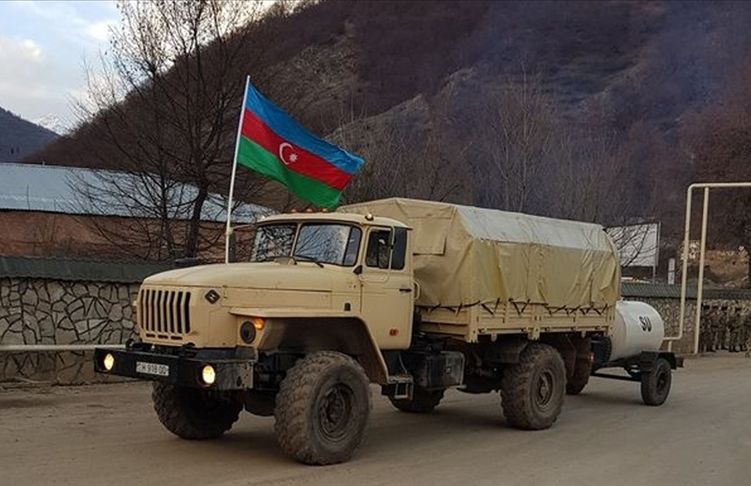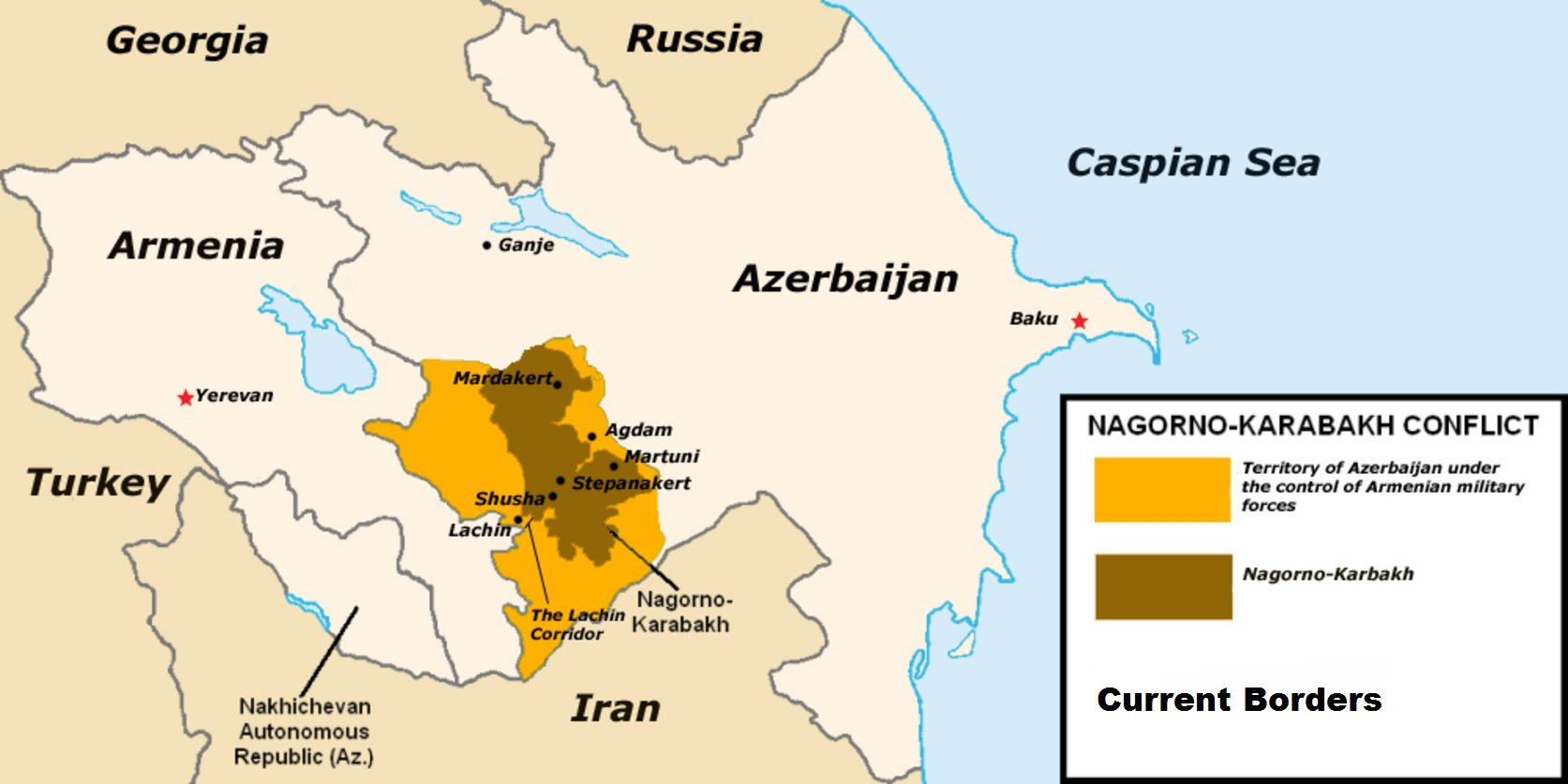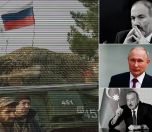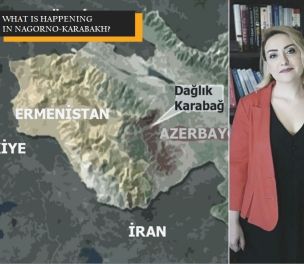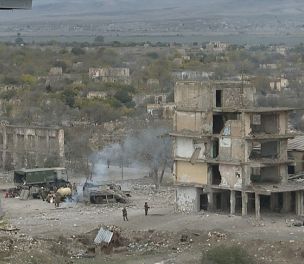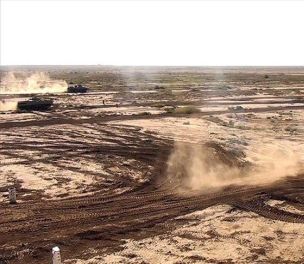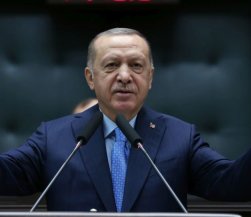Photo: AA
The Turkish personnel assigned to work in the joint monitoring center in Karabakh arrived in Azerbaijan, Minister of National Defense Hulusi Akar announced yesterday (December 29).
"Our staff went to Azerbaijan and stood by there. After the construction of the joint center is completed and it goes operational, our one general and 35 military officers will start their duty immediately," Akar said in a virtual year-end evaluation meeting.
Turkey's Chief of General Staff, General Yaşar Guler, other military commanders, and senior authorities were in attendance of the meeting.
Addressing defense and security issues, Akar recalled that Azerbaijan "liberated its lands from Armenia's occupation" after nearly 30 years.
Azerbaijan and Armenia signed a Russia-brokered agreement on November 10 to end the fighting and work toward a comprehensive resolution.
Turkey and Russia signed a memorandum of understanding to set up a joint center to monitor the peace deal. It will be established on the territories captured by Azerbaijan during the conflict.
Earlier in December, Azerbaijan's President Ilham Aliyev said the center will be established in the Aghdam city.
CLICK - Erdoğan: Turkey, Russia to jointly monitor Nagorno-Karabakh deal
CLICK - Lavrov: Turkey's peacekeeping troops won't enter Nagorno-Karabakh
Akar underlined that as part of the efforts to clear the region of mines and improvised explosives, the activities of the elements of the Turkish Armed Forces continue in the region.
Two Special Mine Detection and Clearance Teams, consisting of 135 mine clearance specialists of the Turkish Armed Forces, have been supporting the Azerbaijani troops in regions liberated from Armenia's occupation.
The Turkish troops are also training Azerbaijani soldiers in mine detection and clearance techniques and tactics.
"As part of the humanitarian aid activities, we did our best to support our Azerbaijani brothers and sisters, and we will continue to do so. We have supported them in their rightful and honorable struggle, and we will continue to do so," he added.
The Nagorno-Karabakh crisis
On September 27, clashes erupted between Armenia and Azerbaijan in the disputed territory of Nagorno-Karabakh, or Upper Karabakh. As Azerbaijan advanced in some parts of the region, several attempts to secure a ceasefire failed. While thousands of people have been reportedly displaced during the conflict, Azerbaijan's second-largest city, Ganja, was hit by ballistic missiles four times in October. Dozens were killed and hundreds were wounded in the attacks. On November 9, Azerbaijan took the control of Shusha, a major city in the Karabakh region. One day later, Baku and Yerevan signed a Russia-brokered agreement to end the fighting and work towards a comprehensive solution.
Nagorno-Karabakh is a mountainous region of approximately 4,400 square kilometers in the Caucasus between Armenia and Azerbaijan. Relations between the two former Soviet countries have been tense since 1989 over Nagorno-Karabakh, or Upper Karabakh, an internationally recognized territory of Azerbaijan populated mostly by Armenians. In 1989, the parliament of Azerbaijan removed Nagorno-Karabakh's autonomous status, which had been in place since 1923. During the dissolution of the Soviet Union, Armenia began military operations into Nagorno-Karabakh in 1991. In the same year, the separatist administration in Nagorno-Karabakh declared independence. The Azeri people of the region had boycotted the independence referendum. The independence of the Nagorno-Karabakh, or Artsakh republic, is not recognized by any United Nations member state, including Armenia. Four UN Security Council and two UN General Assembly resolutions as well as many international organizations demand the withdrawal of the occupying forces. The OSCE Minsk Group – co-chaired by France, Russia and the US – was formed in 1992 to find a peaceful solution to the conflict. A cease-fire was agreed upon in 1994. France, Russia and NATO, among others, have urged an immediate halt to clashes in the occupied region. During the conflict between 1988-1994, about one million people were displaced and 30,000 were killed. |
(VK)




